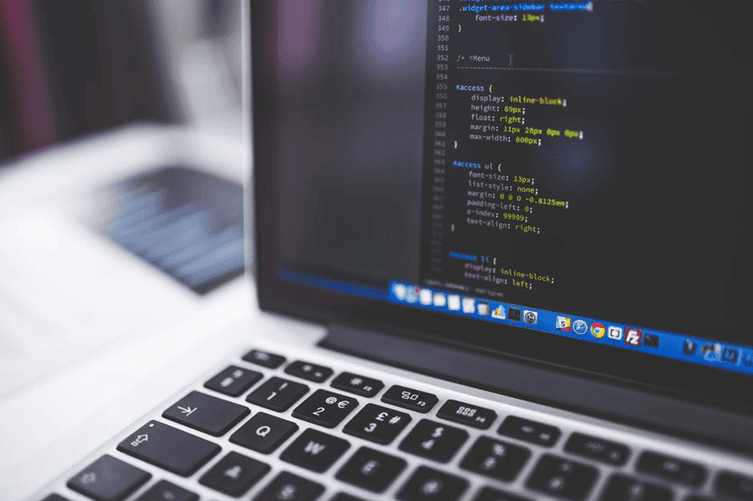How do You Protect Your Intellectual Property? Part 1
PART 1
One of the greatest concerns you’re likely to have about outsourcing is how to protect your intellectual property (IP) and to be honest, you’d be foolish not to take precautions.
Protecting your source code is probably your biggest worry but you should also think about your other IP as well, be it proprietary business processes, customer lists, or whatever.
First and foremost, you should consult an attorney because while what you’ll learn in this chapter will be useful, it’s no replacement for proper legal advice tailored to your individual situation.
At the end of this blog, you will understand the broad strokes of the most pressing issues so you can make the best of the legal advice you seek.
Although the safety of your IP is an entirely valid concern, it shouldn’t put you off outsourcing overseas. It can be easy to become overly protective of your IP, particularly software.
You see, oftentimes software is more of a commodity than you think. For example, software is much easier to reproduce than say, your customer database or your understanding of your market’s needs and psychology.
If you fall into a category where the context in which your software is used is what carries proprietary value, rather than the code itself, then you can afford to relax a little. Even if someone steals your code, they can’t reproduce your true competitive advantage.
The truth is, you need to think carefully about your situation and ask yourself the question: “Am I thinking logically about my IP; am I protecting the right knowledge and taking sensible precautions to keep it safe?”
3 simple ways to protect your Intellectual Property
There are basically three different ways you can protect your IP:
- Technical protection – By taking advantage of the multitude of available technical security solutions like firewalls, Virtual Private Networks (VPNs) and encryption technology, you can secure your digital assets, such as source code or documents, from theft. However, these things ONLY work if you AND your vendor use them.
- Legal protection – Always get your legal people to help you draw up the right kind of agreements with local jurisdiction and ensure they name US law as the governing law so you can protect your interests. What’s more, ensure all copyrights are assigned to your company so you know that what is created is really YOURS.
- Physical protection – Even in this digital age of ours, you still need to physically protect your assets, you know, with a lock and key and all that stuff. If you don’t already do so, you should have your computers and servers in a locked room, with card key access, at the very least. Please make sure your vendor does the same.
These three are the basics of IP protection, and honestly, every reputable outsourcing vendor will do all this and more. Just make sure to check before you are caught unprepared.
“It’s my software dammit!” – How to avoid ownership issues
You’d think retaining ownership of your new software would be as simple as having a little clause in your contract that says something like, “client retains all rights to code created for the purposes of this contract.” Unfortunately, it’s not quite that simple…
You see, there are two factors that influence who owns what:
- What your agreement or contract says.
- The “provenance” of your software, which is legalese for saying where it came from.
For you this means that even if your contract says you own everything created for the purposes of your project, you would still not own any code that was preexisting and owned by your vendor or a third party.
Usually inclusion of preexisting code is an attempt to be helpful rather than grab ownership underhandedly. For example, it’s just efficient for an engineer to use a template piece of code he’s created previously or to leverage good open-source modules.
Even so, that doesn’t help you if it means you don’t fully own your software. In fact, it’s a pain in the backside.
This next section will give you an overview of the kind of agreements that can help protect your intellectual property.
Work made for hire
It’s important to understand the initial distinction of who owns software by default.
Normally, the person who creates the software is its owner, and they retain all the copyrights to it as soon as it’s finished.
If the creator is an employee, however, AND the software was created within the scope of their job role, the rights revert to their employer. This is called “work made for hire.”
The exception to this is if an employee can convince a court that the software was created outside of their scope of employment, in which case the copyright becomes theirs and they are free to do whatever they like with the software, subject to any patents, of course.
To combat this, it’s general practice for employees to sign a document that assigns all rights to software they create on the job to their employer as a term of their continued employment.
Aside from copyright issues, there are also moral rights that give creators the authority to control what happens to their literary and artistic work. The United States doesn’t recognize software as being subject to moral rights, but other countries do; so it’s important to make provisions for this in your agreements.
Please note that even if your engineers assign the copyright to their software to you they STILL own the moral rights.
Make sure your contract with your vendor expressly assigns not just copyright ownership but moral rights and any other property rights to you or your company. You need to be absolutely sure this is the case for all the software they create for you.
In general, most countries have similar laws when it comes to copyright ownership and “work made for hire,” and these still apply if you’re hiring a foreign vendor. You should always get your attorney to go through everything with a fine-tooth comb to ensure you are safe.
In fact, it is never a bad idea as part of your agreement to require your vendor to provide signed copies of their employee IP assignment agreements.
This is something most companies never bother to ask for, but frankly, it’s worth it to have peace of mind.
Subcontractors
Subcontractors make everything far more complicated and if you can arrange it, it would be much easier to agree with your vendor that they will not be used for your project.
You see, because the subcontractor will be the original creator of the work they produce, they will own the copyright unless their agreement with your vendor states otherwise. In order for you to then own the copyright yourself, your vendor would need to assign them to you as part of your agreement. It just makes everything more complicated.
There are really only two ways to deal with the issue of subcontractors:
- As already mentioned, agree with your vendor that they will not use subcontractors for your project. This is the most preferable option.
- Require your vendor to notify you whenever they use subcontractors and to provide proof that you own the rights to anything they create.
In Part 2, we’ll cover how to register your copyright, include some tips on legal language, and touch on when or if you want to use Open Source for your project.







